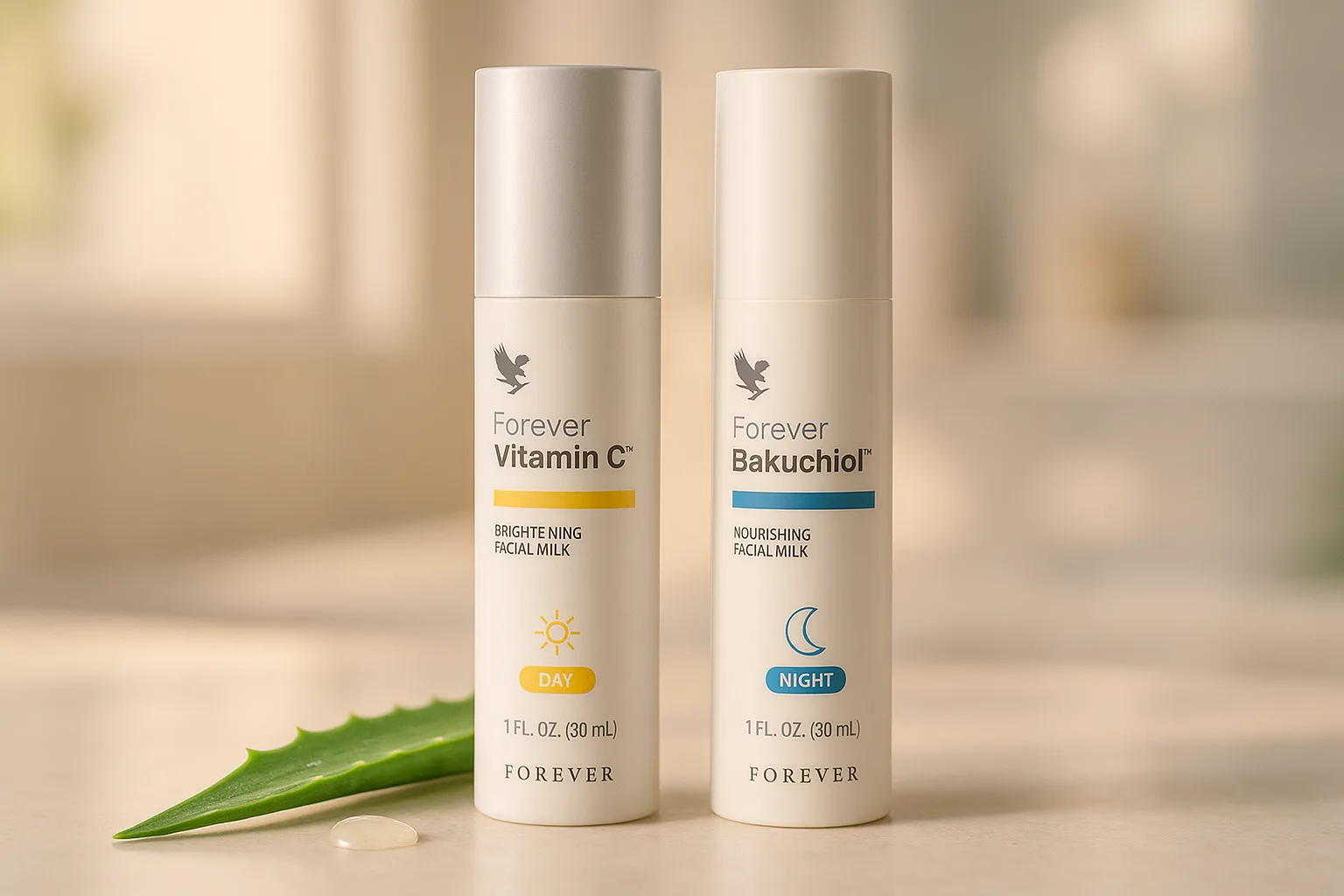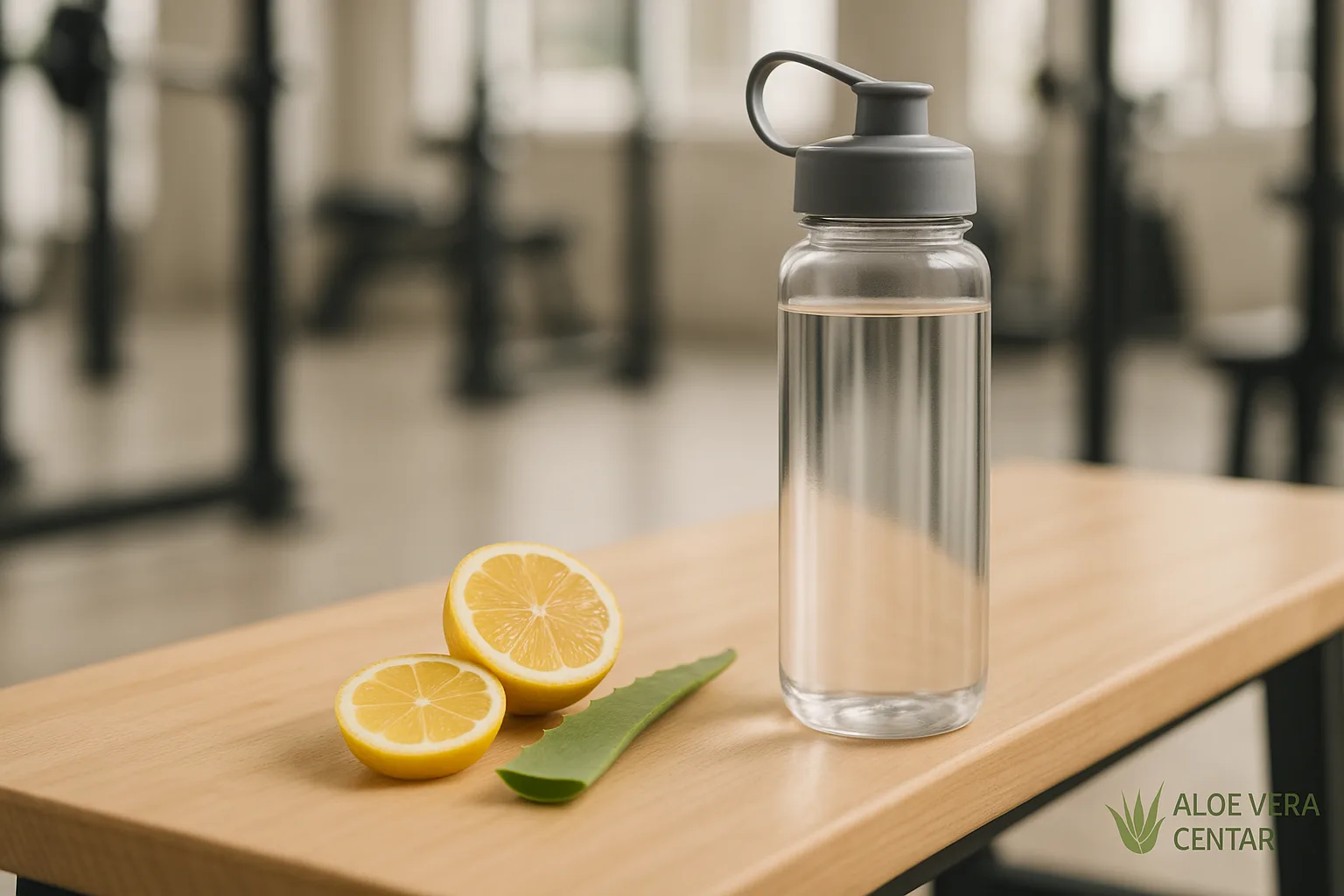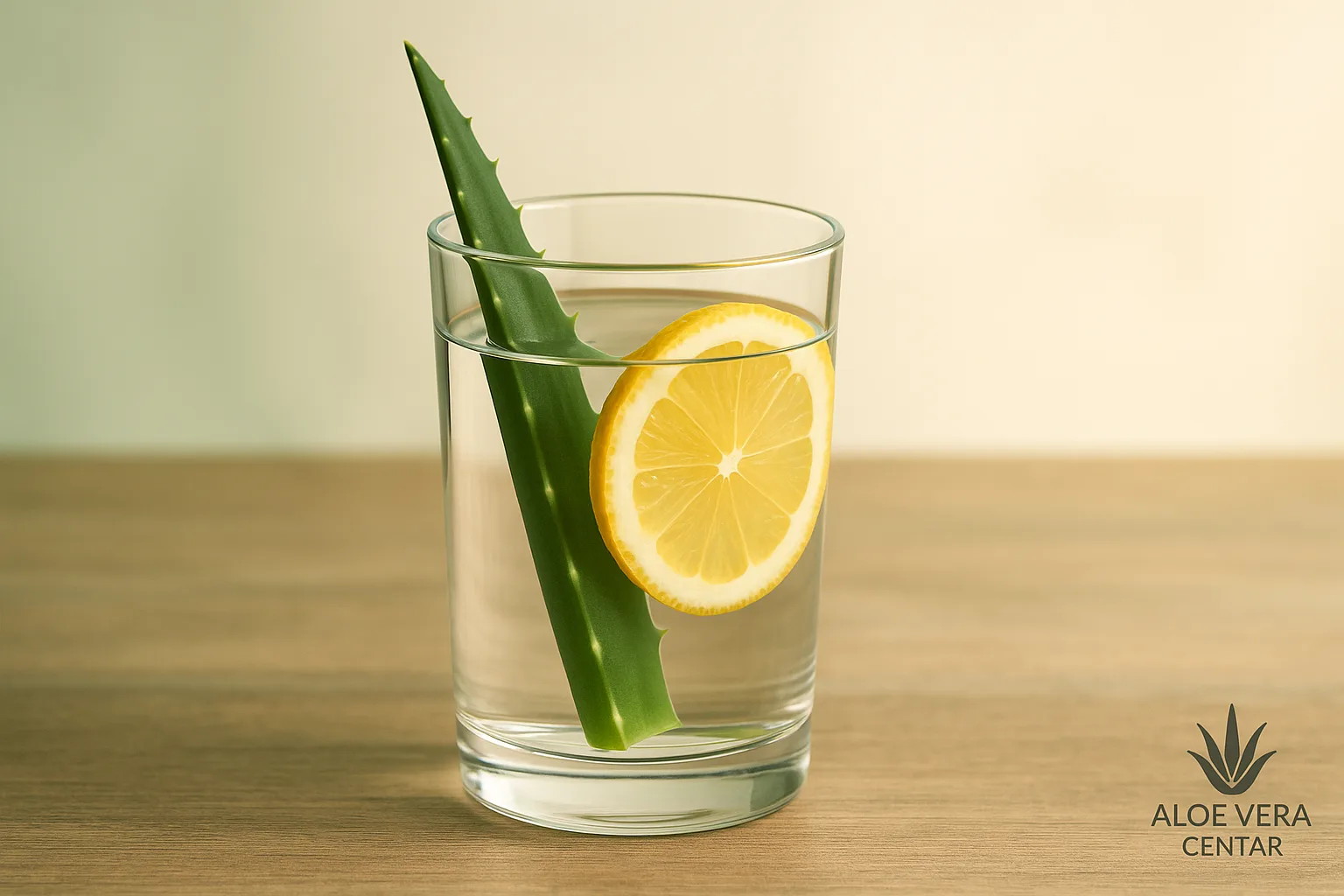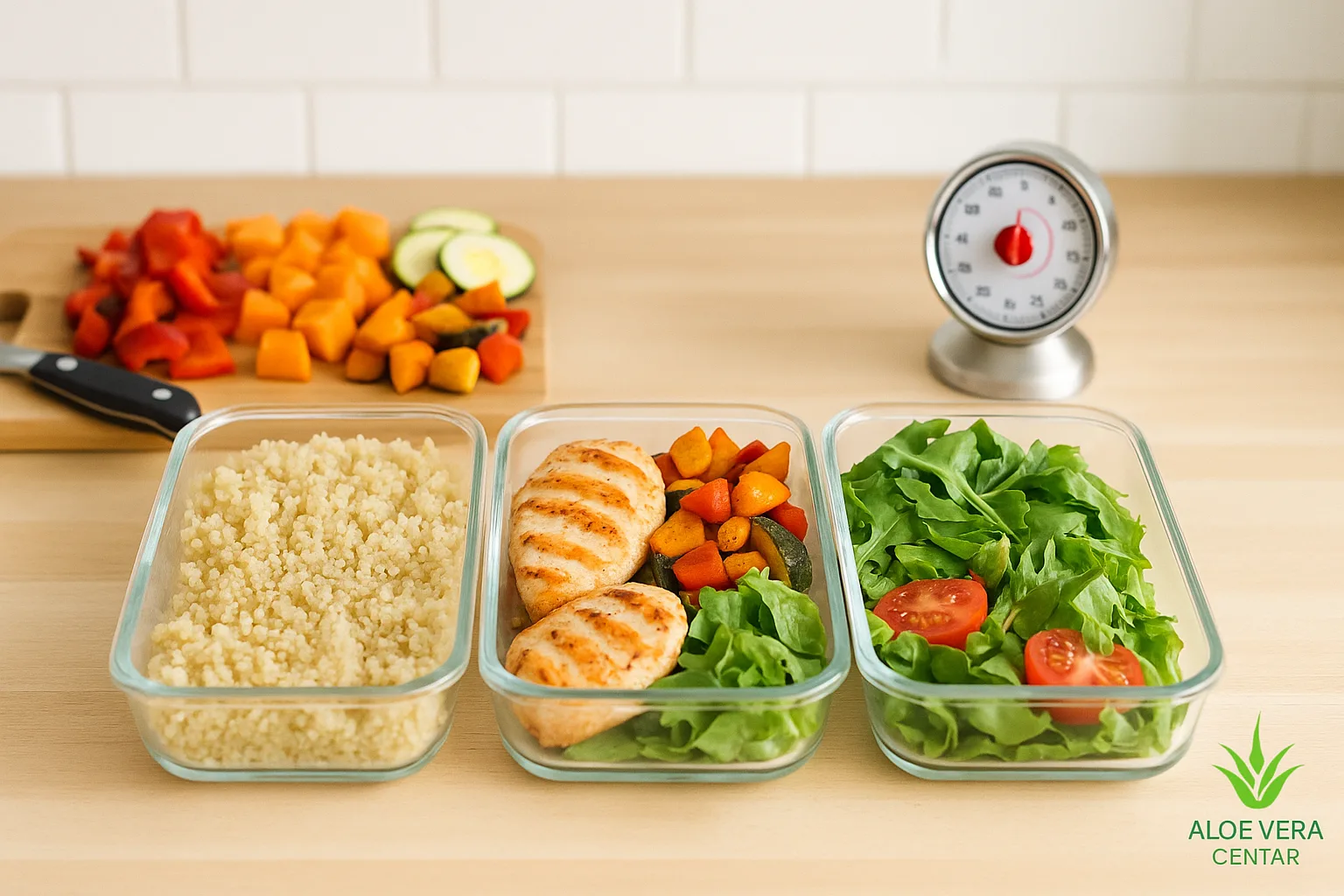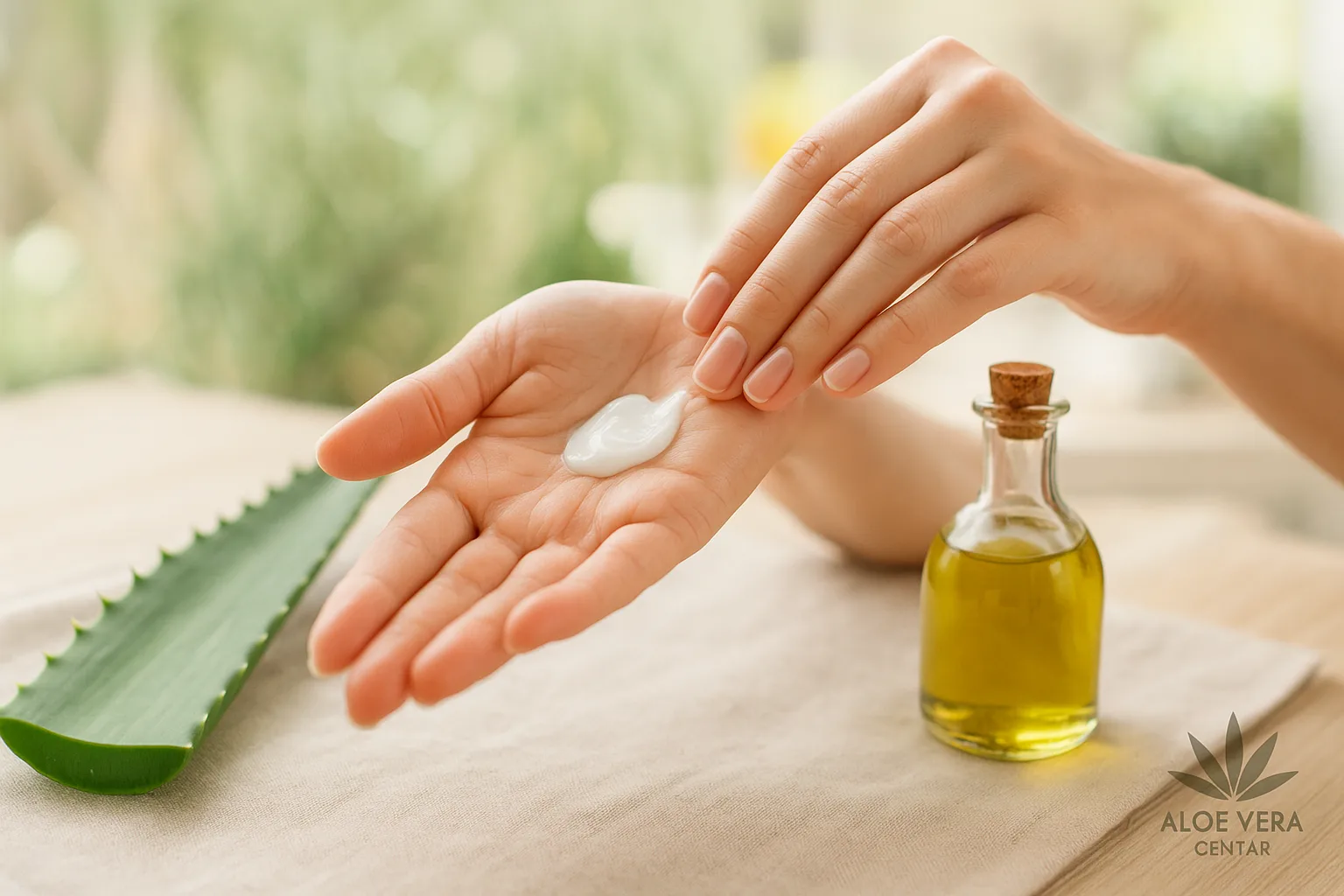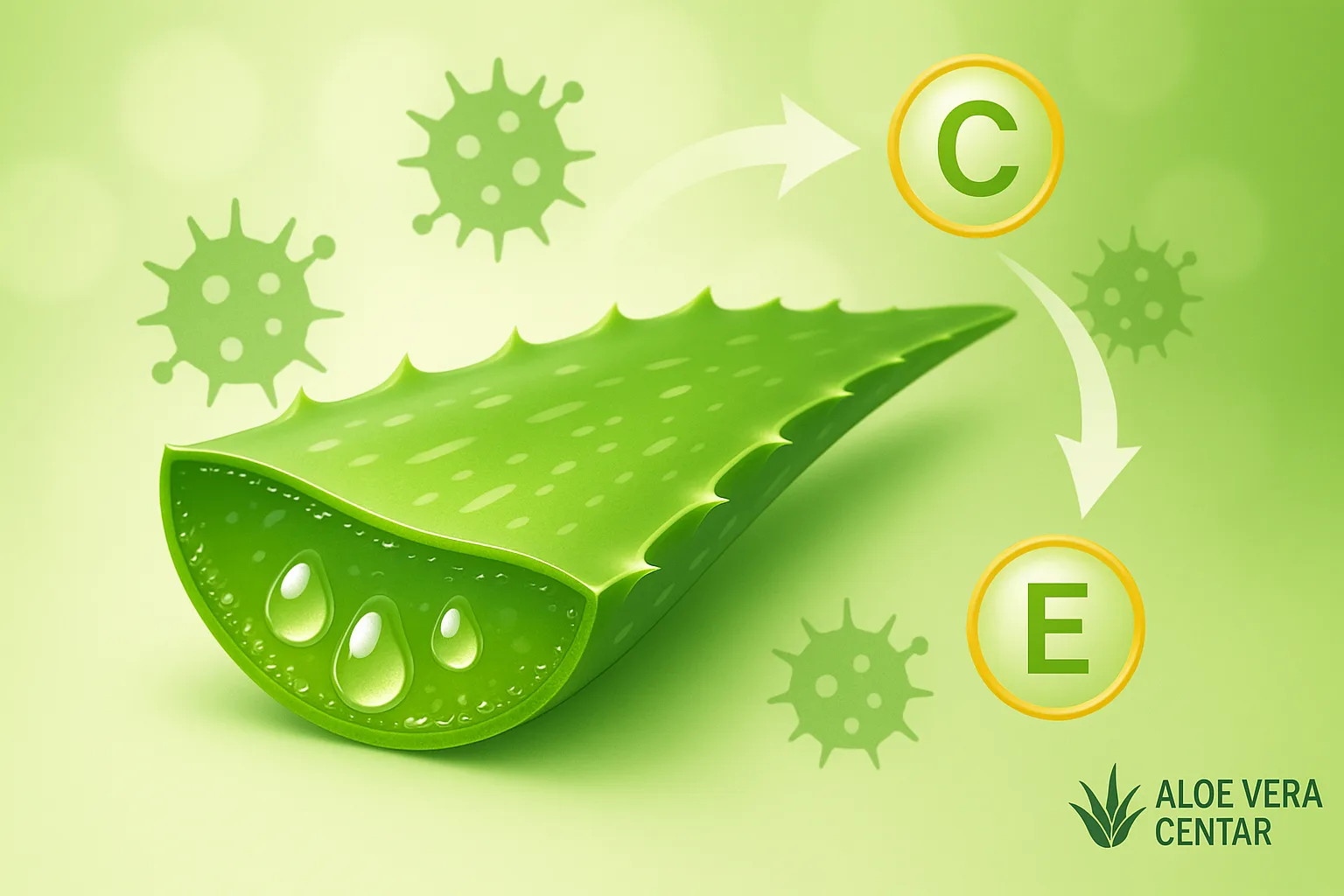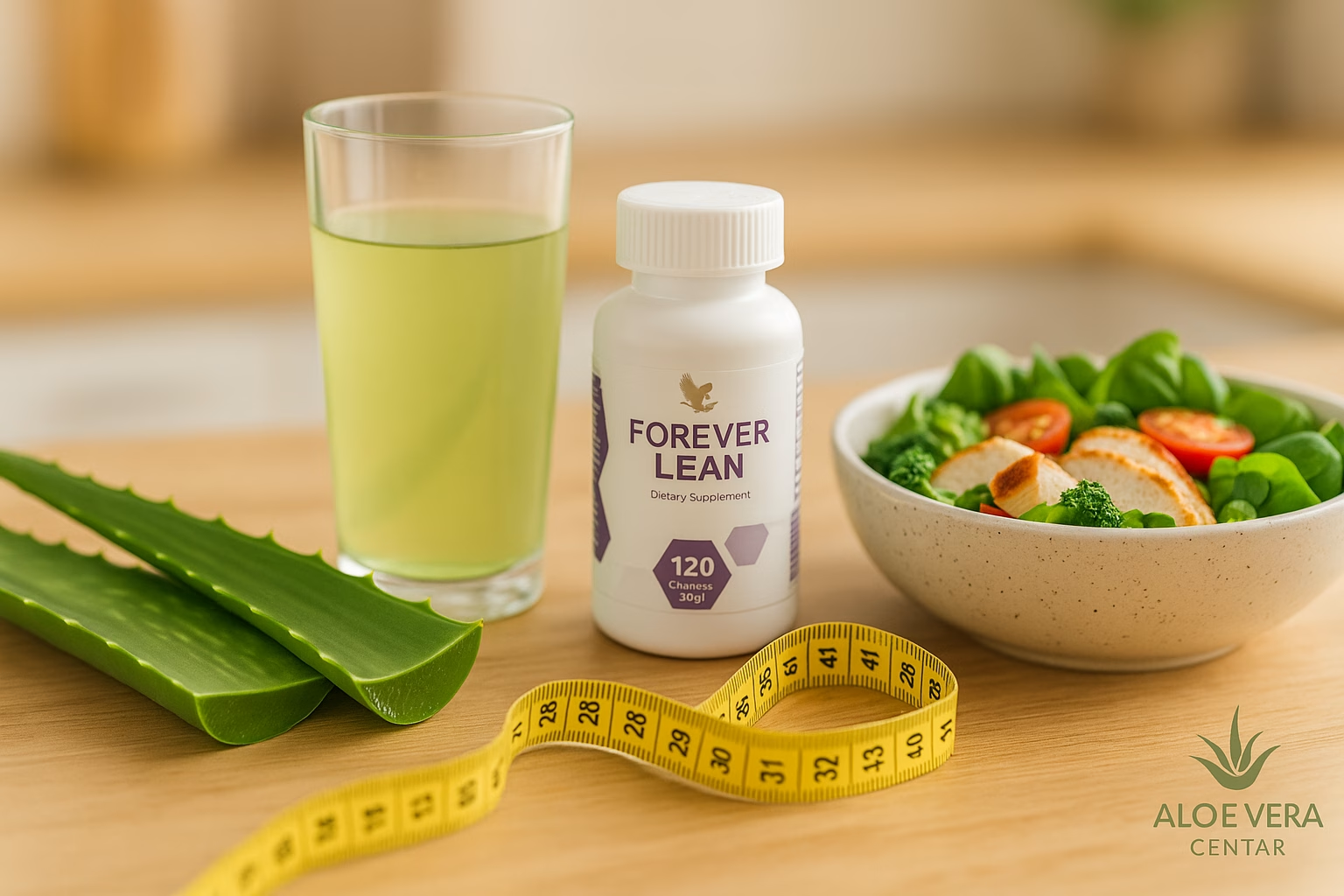
Liposuction Diet – how to Burn Fat Quickly!
Liposuction Diet: a Smart Way to Melt Fat Faster without Hunger
Liposuction diet sounds like a magic wand for shedding extra pounds, doesn’t it? But here’s the thing: although it has an attractive name, this diet plan actually relies on the science of metabolic flexibility and smart macronutrient choices. We reveal how it works, who it is (and isn’t) intended for, and how you can implement it safely – with the help of proven natural supplements and practical tips you can apply right away.
What is the Liposuction Diet – and how Does it Differ from the Classic Ketogenic Diet?
You might wonder why this diet is often compared to the popular ketogenic diet. Both strategies encourage the body to use fats instead of glucose as the primary energy source. However, the liposuction diet occurs in two structured cycles:
- Rapid fat-burning phase (lasts 14 days): carbohydrate intake is limited to 30–40 g per day, while proteins remain moderate to preserve muscle mass. This ratio accelerates entry into ketosis and “forces” the body to draw energy from fat stores.
- Stabilization phase (lasts 14–30 days): carbohydrates are gradually reintroduced through whole foods with a low glycemic index. The goal is to avoid the “yo-yo” effect and learn to maintain the new body weight.
But that’s not all… This protocol emphasizes the importance of micronutrients and fiber, as rapid fat loss can burden the liver and kidneys. In practice, it is often combined with premium supplements like Forever Lean, which contains prickly pear cactus fiber and chromium for better blood sugar control.
Who is the Liposuction Diet Ideal for – and who should Avoid it?
Sounds too good to be true? Keep reading…
The liposuction diet can be effective for healthy adults with excess subcutaneous fat, especially in the abdominal area, which hinders normal hormonal function. However, there are contraindications:
- pregnant and breastfeeding women
- people with chronic kidney or liver diseases
- type 1 diabetics (require strict medical supervision)
- athletes in phases of intense strength training
Before you start, check your vitamin and hormone status. If you suspect low TSH or other endocrine disorders, be sure to consult a doctor.
How to Start – a Practical 5-Step Guide
1. Plan your Meals in Advance
An empty fridge leads to wrong decisions. Print out the menu for the next seven days and stick it on the fridge door. Include quality proteins (turkey, eggs), healthy fats (avocado, olive oil), and plenty of low-starch vegetables in your meals.
2. Speed up Detox with C9 Forever Living Products Vanilla
In the first 48 hours, many feel tired and unmotivated. The C9 program is designed as a short reset that combines a protein shake, aloe drink, and targeted antioxidant-rich supplements. A study published in the journal Nutrients shows that antioxidants can reduce oxidative stress caused by rapid lipolysis.
3. Block the Absorption of some Carbohydrates
If you enjoy an occasional fruit snack or a piece of dark chocolate, the fiber from the Forever Lean supplement helps “trap” some fats and sugars, reducing the glycemic impact. Chromium in the formula stabilizes insulin, preventing sudden hunger attacks.
4. Boost Thermogenesis with Forever Garcinia Cambogia plus
Hydroxycitric acid (HCA) from garcinia extract can reduce the synthesis of new fatty acids and suppress appetite, as noted in a review study on the Healthline portal. It’s a perfect addition to the second week of the diet when fat burning tends to slow down.
5. Incorporate a “20-Minute Active Break”
Short HIIT sessions or brisk walking after meals increase insulin sensitivity and “open” muscles for glucose storage. This reduces the risk of hypoglycemia and improves comfort.
Liposuction Diet and Typical Menu for the First Week
| Meal | Example foods | Practical tip |
|---|---|---|
| Breakfast | 2-egg omelet, spinach, feta | Add a pinch of turmeric for an anti-inflammatory effect |
| Snack | Shake from the C9 package + almonds | Soak almonds for 8 hours – enzymes are easier to digest |
| Lunch | Chicken breast, steamed broccoli, olive oil | For better iron absorption, drizzle with lemon juice |
| Afternoon snack | Greek yogurt with chia seeds | Chia prolongs satiety due to soluble fiber gel |
| Dinner | Oven-baked salmon, arugula salad | Omega-3 acids support hormonal balance |
Note: If you’re looking for inspiration, check out the comparison of popular weight loss plans and adjust the foods to your taste.
Fighting the “Keto Flu” – Tricks that save the Day
During the first days of keto adaptation, fatigue, dizziness, or irritability (“keto flu”) may occur. Here are proven solutions:
- Add electrolytes – a pinch of Himalayan salt in water replenishes sodium.
- Increase magnesium – nuts and dark green vegetables prevent cramps.
- Ease inflammation – ginger and turmeric reduce oxidative stress.
How to Avoid the “Yo-Yo” Effect: Stabilization Phase
The key is to gradually reintroduce carbohydrates from whole foods – quinoa, sweet potatoes, and berries. Stick to the rule of 80% clean food, 20% flexibility. Regularly measure body composition, not just the weight on the scale.
If you notice a slight increase in appetite, reach for fiber from Forever Fiber; soluble fiber slows stomach emptying and reduces ghrelin secretion.
Related Topics for Deeper Exploration
• Interested in how intermittent fasting (16/8 method) enhances the effects of the liposuction diet?
• Find out which protein supplements are truly effective for preserving muscle mass.
• If you’re troubled by joint pain, check out tailored low-sugar diet tips.
Liposuction Diet and Frequently Asked Questions
How much Weight Can I Expect to Lose in the First Two Weeks?
The average is 3–6% of initial body weight, depending on gender, age, and activity level. Most of the initial loss is retained water, but a 2024 study in the Journal of Obesity confirms that fat stores begin to be used within 14 days.
Is the Liposuction Diet Safe for People with Autoimmune Diseases?
If you have a diagnosed autoimmune disease, consult your doctor. Some people with Hashimoto’s report improved energy, but others may experience worsening symptoms due to the body’s stress response.
Can I Exercise while in the First Phase?
Moderate workouts like cardio walks and light weightlifting are welcome. Intense intervals are recommended only after the fourth day, when ketones stabilize.
How to Prevent Fiber Deficiency?
Include vegetables like zucchini, broccoli, and cauliflower and consider supplementing with soluble fiber from the Forever Fiber targeted product that complements the liposuction diet!
Liposuction Diet and Conclusion: Start your Journey Today
The liposuction diet can be a fast yet safe strategy for shedding stubborn fat – provided you follow the structure, listen to your body, and ensure key nutrients. If you need an individualized plan, use our AI advisor that customizes the menu to your goals and health in just a few minutes.
Ready to take the next step? Get 15% off your first order of verified supplements and start your transformation today. Your new, healthier body will thank you sooner than you think!
Support for the Immune System and Joints
For those following a stricter dietary regimen like the liposuction diet, immune balance and joint health can become more sensitive. Natural preparations that target inflammation, such as those that help alleviate symptoms of lupus and rheumatoid arthritis, are good allies, as reducing systemic inflammation can contribute to maintaining mobility and energy during the diet.
Faster Recovery after Training
During the liposuction diet, if you’ve incorporated high-intensity training or HIIT, muscles and ligaments need extra care. A combination of natural remedies like aloe vera with proper nutrition can significantly speed up recovery – see how sports injuries and recovery with aloe vera can help restore strength and flexibility.
Support for Gut Flora and Nutrition
Stabilization after the rapid fat loss phase often requires careful food selection to avoid diarrhea, bloating, or imbalance of gut flora. Introducing probiotics and a well-balanced diet can support metabolism and satiety – learn more about how probiotics and a healthy diet go hand in hand.
Support for the Immune System and Joints
For individuals following a strict dietary regimen like the liposuction diet, immune balance and joint health can become more sensitive. Natural supplements that specifically target inflammation and help maintain energy levels are good allies. If you want additional flexibility in your meal plan, consider options from the gluten-free diet – it fits easily into carb days and helps avoid digestive issues.
Faster Recovery after Training
During the liposuction diet, if you incorporate high-intensity training or HIIT, muscles and ligaments need extra care. A combination of protein and targeted supplementation can significantly speed up recovery – explore the ingredients and effects in more detail in our article about Forever Lean supplement, which supports weight control with cactus fiber and chromium.
Support for Gut Flora and Nutrition
Stabilization after a rapid fat loss phase often requires careful food selection to avoid diarrhea, bloating, or gut flora imbalance. By introducing probiotics and a well-balanced diet, you can support metabolism and satiety. An excellent combination is fiber and foods adapted to your needs, which you can easily incorporate into your liposuction diet plan.
Note: This article is for educational purposes only and is not a substitute for professional medical advice. For individual recommendations, consult a doctor or qualified nutritionist.

